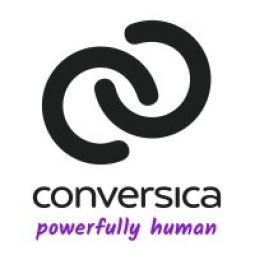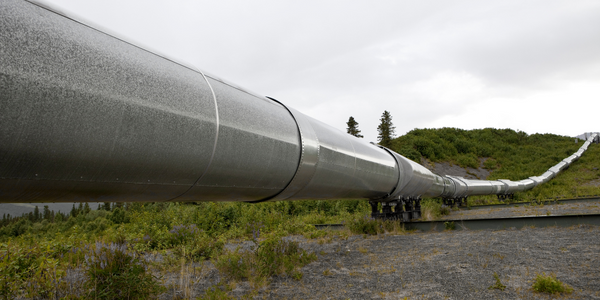Applicable Industries
- Oil & Gas
Applicable Functions
- Sales & Marketing
Use Cases
- Onsite Human Safety Management
- Time Sensitive Networking
About The Customer
Extreme Networks is a global company that provides software-driven networking solutions. As the official Wi-Fi provider of the National Football League, the company has over 20,000 customers in more than 80 countries. Extreme Networks is committed to delivering stronger connections with customers, partners, and employees. The company invests heavily in marketing activities such as tradeshows, webinars, and other events to generate sales leads. However, the challenge of following up with every single lead was limiting the return on these marketing investments.
The Challenge
Extreme Networks, a leading provider of software-driven networking solutions, faced a significant challenge in fully leveraging their marketing investments. Despite generating a large number of sales leads through tradeshows, webinars, and other events, the company struggled to systematically follow up with each lead. This was due to the sheer volume of leads and the lack of resources to engage with each one individually. The inability to effectively follow up on these leads meant that potential sales opportunities were being missed, and the return on marketing investments was not as high as it could be. The challenge was to find a way to engage with every single lead, nurture their interest, and convert them into sales opportunities.
The Solution
To address this challenge, Extreme Networks turned to Conversica's AI Sales Assistant. This AI-based software is capable of engaging potential customers in natural, two-way human conversations, nurturing them until they either express interest or opt-out. The AI assistant, named Tanya Smith, was able to reach out to every single lead, regardless of the volume, and engage with them over any required timespan. This solution was infinitely scalable, always persistent and polite, and never had a bad day or got sick. It allowed the sales team to focus on selling and closing deals instead of chasing down leads. Tanya's first assignment was to re-engage Extreme Networks' current customers, particularly through the company's trade-in, trade-up program. She was also tasked with quickly engaging prospective customers, ensuring that no lead was left behind, regardless of the region or availability of Sales Development Representatives.
Operational Impact
Quantitative Benefit

Case Study missing?
Start adding your own!
Register with your work email and create a new case study profile for your business.
Related Case Studies.

Case Study
Taking Oil and Gas Exploration to the Next Level
DownUnder GeoSolutions (DUG) wanted to increase computing performance by 5 to 10 times to improve seismic processing. The solution must build on current architecture software investments without sacrificing existing software and scale computing without scaling IT infrastructure costs.

Case Study
Remote Wellhead Monitoring
Each wellhead was equipped with various sensors and meters that needed to be monitored and controlled from a central HMI, often miles away from the assets in the field. Redundant solar and wind generators were installed at each wellhead to support the electrical needs of the pumpstations, temperature meters, cameras, and cellular modules. In addition to asset management and remote control capabilities, data logging for remote surveillance and alarm notifications was a key demand from the customer. Terra Ferma’s solution needed to be power efficient, reliable, and capable of supporting high-bandwidth data-feeds. They needed a multi-link cellular connection to a central server that sustained reliable and redundant monitoring and control of flow meters, temperature sensors, power supply, and event-logging; including video and image files. This open-standard network needed to interface with the existing SCADA and proprietary network management software.

Case Study
Refinery Saves Over $700,000 with Smart Wireless
One of the largest petroleum refineries in the world is equipped to refine various types of crude oil and manufacture various grades of fuel from motor gasoline to Aviation Turbine Fuel. Due to wear and tear, eight hydrogen valves in each refinery were leaking, and each cost $1800 per ton of hydrogen vented. The plant also had leakage on nearly 30 flare control hydrocarbon valves. The refinery wanted a continuous, online monitoring system that could catch leaks early, minimize hydrogen and hydrocarbon production losses, and improve safety for maintenance.










